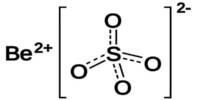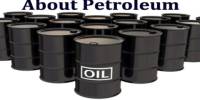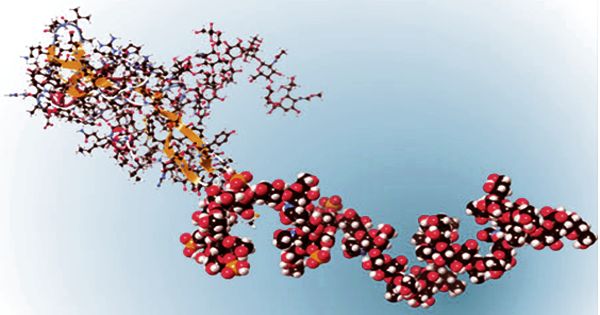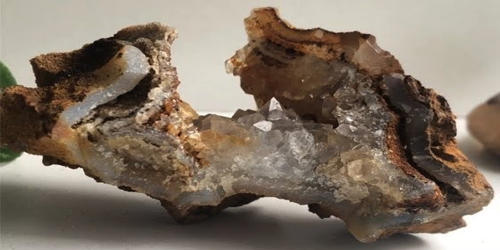Aluminium diboride (AlB2) is a chemical compound made from the metal aluminium and the metalloid boron. It forms part of a class of materials known as metal diborides, which typically have high melting points, excellent hardness, and high thermal and electrical conductivity. It is one of two compounds of aluminium and boron, the other being AlB12, which are both commonly referred to as aluminium boride.
Structurally the B atoms form graphite-like sheets with Al atoms between them, and this is very similar to the structure of magnesium diboride. Single crystals of AlB2 exhibit metallic conductivity along the axis parallel to the basal hexagonal plane.
Aluminium boride is considered a hazardous substance as it reacts with acids and hydrogen gas to produce toxic gases. For example, it reacts with hydrochloric acid to release borane and aluminium chloride. The crystal structure of AlB2 is often used as a prototype structure to describe intermetallic compounds. There are a large number of structure types that fall within the AlB2 structural family.
Properties
It has a very high melting point, typically around 2,000°C (3,632°F), making it resistant to heat. It is a very hard material, making it useful in applications that require wear resistance. Compared to other materials with similar properties, AlB₂ has a relatively low density.
- Chemical formula: AlB2
- Molar mass: 48.604 g/mol
- Appearance: Copper-red solid
- Density: 3.19 g/cm3
- Melting point: >920 °C (decomposes)
- Solubility in water: insoluble
Occurrences
Natural Occurrence: Aluminum diboride is not naturally abundant or commonly found in nature. It is primarily synthesized in laboratories or industrial settings. There are no significant natural deposits of AlB₂.
Synthesis: AlB₂ is typically produced by reacting aluminum (Al) with boron (B) at high temperatures (around 1,000–2,000°C). This reaction leads to the formation of AlB₂ along with other borides, depending on the specific conditions of the reaction. The synthesis can be performed through methods such as direct reduction or the high-temperature reaction of aluminum and boron powders.
Applications
- Materials science: It is used as a component in advanced ceramics and composite materials for use in high-temperature environments.
- Cutting tools: Due to its hardness, AlB₂ is sometimes used in applications where tough, durable materials are required, such as in cutting tools or wear-resistant coatings.
- Electronics: The high electrical conductivity and thermal stability make it suitable for use in some electronic components.
















